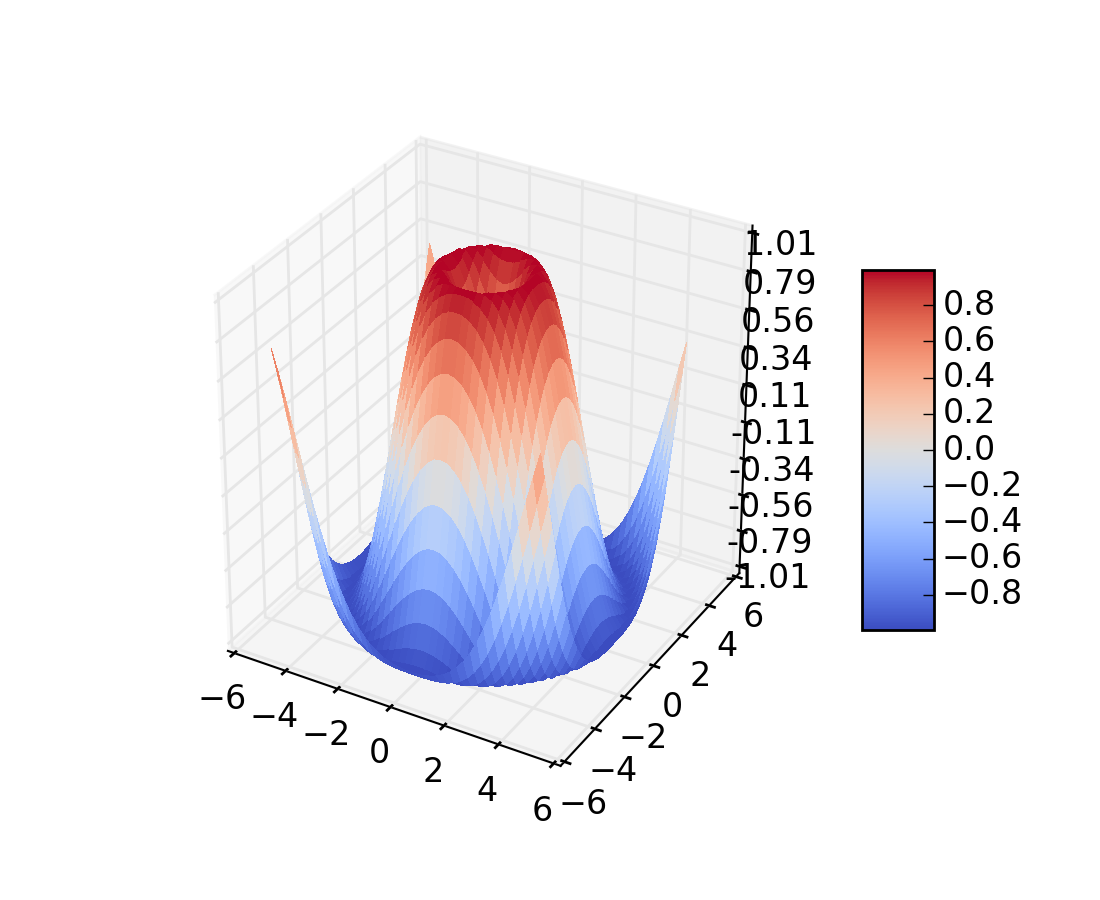5 Most Useful Small Tools in Python
The main reason why I love Python is because it’s handy for a wide range of jobs. You can almost always find libraries that satisfy your requirement. Here’re some very useful Python libraries/tools I found during my daily Pythoning
1. PrettyTable
PrettyTable can structure your command line outputs into clean and neat table format, like this:
+-----------+------+------------+-----------------+
| City name | Area | Population | Annual Rainfall |
+-----------+------+------------+-----------------+
| Adelaide | 1295 | 1158259 | 600.5 |
| Brisbane | 5905 | 1857594 | 1146.4 |
| Darwin | 112 | 120900 | 1714.7 |
| Hobart | 1357 | 205556 | 619.5 |
| Melbourne | 1566 | 3806092 | 646.9 |
| Perth | 5386 | 1554769 | 869.4 |
| Sydney | 2058 | 4336374 | 1214.8 |
+-----------+------+------------+-----------------+It comes with a lot of options, such as alignment, sorting, etc.
2. Matplotlib
Python is handy for data processing. And with Matplotlib, Python can also be awesome at visualization! This tool provides visualization interface similar to Matlab, allow users to draw & save figures conveniently

3. Python-Excel
This library actually contains different libraries for interacting with Excel file (reading, writing, etc). For data process, it’s a super useful tool since many data files come in the format of .xlsx or other excel format.
4. Requests
From my experience this is the best web client library in Python I’ve ever used, for two reasons:
- It’s powerful
- It’s just … easy and simple to use
The best part I love about it is it supports session. That means I can use it to emulate a logged-in client so as to test the website I develop.
5. MonSQL
This is a light-weight SQL wrapper for Python. It supports MySQL, SQLite3 and PostgreSQL for now. It’s design to be easy to use, so people don’t need to put a lot of SQL query in their code, and can make the code much better. Example of usage:
user_table = monsql.get('user')
activated_users = user_table.find({'state': 2})
for user in users:
print user.id, user.name, user.state